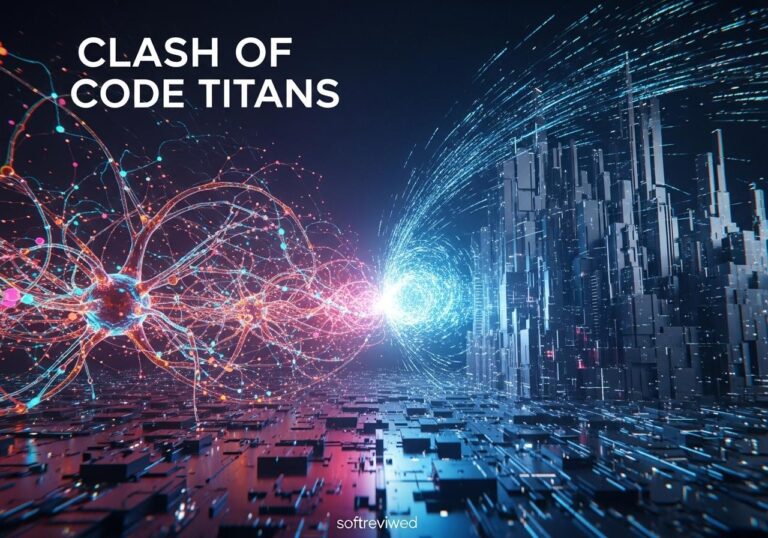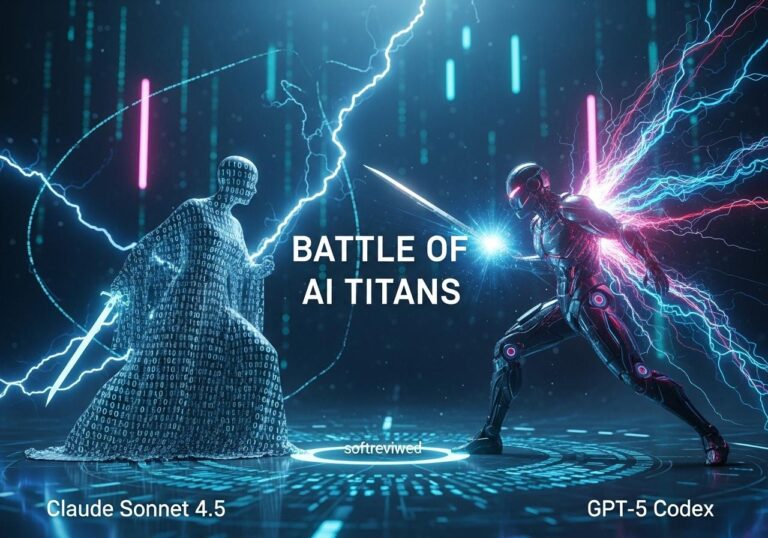Stable Video 4D: Revolutionizing Video Creation
Explore the groundbreaking technology that’s changing the way we create and experience videos.
Revolutionizing Video Creation
Stable Video 4D adds a new dimension to video creation, allowing viewers to explore scenes from multiple angles.
4D Video Generation
Generate 8 distinct novel view videos from a single video input, capturing a scene from every angle simultaneously.
Real-World Applications
Far-reaching implications for entertainment, education, healthcare, product design, and virtual tourism industries.
Breaking the Infill/Outfill Mold
Constructs entire new perspectives based on scene understanding, rather than just filling in gaps.
Unlocking New Possibilities
Potential to revolutionize interactive storytelling, virtual reality, advanced simulations, and real-time 3D communication.
Human Creativity Augmented by AI
Democratizes video production, allowing creators to focus on high-level creative decisions while AI handles technical aspects.
Stable Video 4D: The Future of Digital Media Creation
The leap from silent films to talkies revolutionized cinema. Now, Stability AI's Stable Video 4D is poised to spark a similar transformation. This isn't just another incremental update in AI; it’s a paradigm shift that adds an entirely new dimension to video creation. But what exactly makes it so groundbreaking? And what are its real-world implications? Let’s find out.
From Flat Screens to Living Worlds
Remember when 3D movies first hit theaters? Stable Video 4D makes that look like child's play. This AI doesn't just add depth to images; it breathes life into them, allowing viewers to explore scenes from multiple angles as if they were actually there.
The Four Dimensions of Reality
To truly grasp the power of Stable Video 4D, we need to understand what those four dimensions represent: width, height, depth, and time. Combined, these allow the AI to view moving 3D objects from various camera angles at different points in time. It’s not just about creating prettier pictures; it’s about fundamentally changing how we interact with visual media.
The Birth of a Breakthrough
According to Varun Jampani, team lead of 3D research at Stability AI, the key aspects that enabled Stable Video 4D are the combination of the previously released Stable Video Diffusion and Stable Video 3D models, fine-tuned with a carefully curated dynamic 3D object dataset. This isn’t just a clever combination of existing technologies; Stable Video 4D represents true innovation in the field of generative AI.
Beyond Hollywood: Real-World Applications
While the entertainment industry stands to benefit enormously from this technology, its potential reaches far beyond movie sets and gaming consoles. In medical training, surgeons could practice complex procedures on virtual patients, viewing the operation from any perspective. Product designers could view and modify prototypes in real time, drastically reducing development cycles. Even virtual tourism could be revolutionized, allowing people to explore historical sites or far-off destinations as if they were actually there, all from the comfort of their homes.
The AI That Thinks in 4D
What sets Stable Video 4D apart from its predecessors is its unique approach to processing visual information. Jampani explains, "We carefully design attention mechanisms in the diffusion network, allowing the generation of each video frame to attend to its neighbors at different camera views or timestamps, resulting in better 3D coherence and temporal smoothness in the output videos." In simpler terms, the AI doesn't just stitch together a series of images; it understands the relationships between objects in space and time, creating a truly coherent four-dimensional representation of a scene.
Breaking the Infill and Outfill Mold
Traditional generative AI tools for 2D images often rely on infill and outfill techniques to complete partial information. Stable Video 4D takes a radically different approach. As Jampani clarifies, "Stable Video 4D completely synthesizes the 8 novel view videos from scratch by using the original input video as guidance. There is no explicit transfer of pixel information from input to output. All of this information transfer is done implicitly by the network." This means the AI isn't just filling in gaps; it’s constructing entire new perspectives based on its understanding of the scene. The implications for creativity and content creation are staggering.
The Road Ahead: Challenges and Limitations
While Stable Video 4D represents a significant leap forward, it’s not without its limitations. Currently, the model can only process single-object videos of several seconds with a plain background. Complex scenes and longer videos remain a challenge. However, the team at Stability AI is already looking to the future. Jampani states, "We plan to generalize it to longer videos and also to more complex scenes." This ongoing development will be crucial for the technology to reach its full potential in real-world applications.
Ethical Considerations in a 4D World
As with any powerful new technology, Stable Video 4D raises important ethical questions. Privacy concerns loom large. If AI can generate multiple perspectives from a single video, what does this mean for personal privacy in public spaces? The authenticity of video content becomes more complex in a world where AI can generate photorealistic scenes from any angle. Job displacement is another concern, as some wonder if this technology will replace human filmmakers, game designers, and other creative professionals. Additionally, as this technology develops, there are questions about accessibility and inequality. Will it remain accessible to independent creators, or will it widen the gap between big-budget productions and smaller projects? These are complex issues that will require ongoing dialogue between technologists, policymakers, and the public.
The Competitive Landscape: Stable Video 4D vs. The World
While Stable Video 4D is breaking new ground, it’s entering an increasingly crowded field of AI-powered video generation tools. OpenAI's Sora is known for its ability to generate high-quality videos from text prompts, but it lacks Stable Video 4D's ability to generate multiple novel views. Runway excels at video editing and special effects but doesn't offer the same level of 3D manipulation. Haper focuses on real-time video enhancement, serving a different niche than Stable Video 4D's multi-perspective generation. LumaAI, while strong in 3D object reconstruction, doesn’t bring the same 4D capabilities to the table.
Future Prospects: Predictions and Possibilities
As Stable Video 4D continues to evolve, its potential applications seem limitless. Interactive storytelling could allow viewers to explore movie scenes from any angle, uncovering new details with each viewing. Virtual reality experiences could become indistinguishable from reality, with AI-generated environments responding dynamically to user movement. Advanced simulations could revolutionize fields from scientific modeling to military training. Real-time 3D communication could transform video calls into fully three-dimensional experiences. In filmmaking, directors could quickly prototype complex shots or entire scenes, experimenting with camera angles and movements before ever setting foot on a physical set.
The Human Element: Creativity in the Age of AI
While the capabilities of Stable Video 4D are astounding, it’s crucial to remember that AI is a tool, not a replacement for human creativity. While the technology can generate multiple perspectives and bring new dimensions to video, it still relies on human input and artistic vision to create truly compelling content. In fact, tools like Stable Video 4D may democratize certain aspects of video production, allowing creators with limited resources to produce high-quality content.
Conclusion
Stable Video 4D has the potential to redefine the landscape of video creation and consumption. From enhanced medical training to virtual tourism, the applications are vast and varied. However, as with any groundbreaking technology, ethical considerations and accessibility issues must be addressed. As we stand on the brink of this new 4D era, it’s essential to engage in discussions about its implications and ensure that the benefits are shared broadly.
So, how do you think Stable Video 4D will impact your industry? Consider the possibilities and challenges this technology brings. Your voice matters in shaping its future use.
Runway’s Gen-3 Alpha AI Model Capabilities
This chart illustrates the key capabilities of Runway’s Gen-3 Alpha AI model, showcasing its improvements in various areas compared to previous generations.







